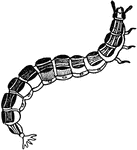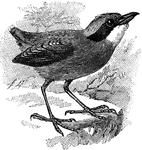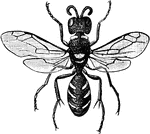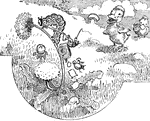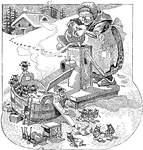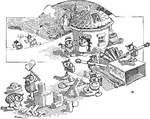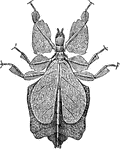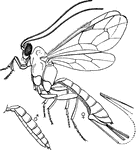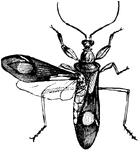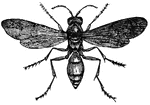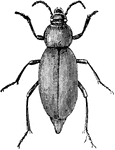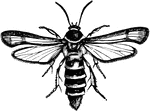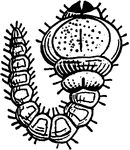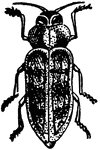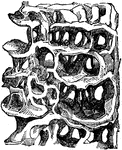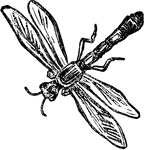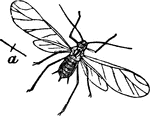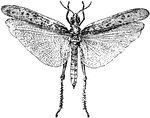
Locust
"The locusts come down in swarms of millions from the warm lands of southern Brazil. There are so many…
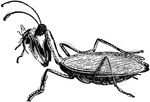
Mantis
A genus of locusts remarkable for their form. They are widely distributed in the United States and Eurasia.…
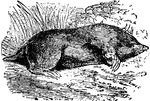
Mole
An insectivorous animal having a barrel-shaped body, very broad fore feet adapted for digging, and burrows…

Insect
Diagram of the external structure of an insect. 1: The head carrying the eyes and antennae. 2: First…
Scorpion or Spider
Chinese, viciousness, poison. In India it is believed that if a scorpion creeps over the body it causes…

Vireo
A family of insect-catching birds. They are restricted to the American continent and range from Canada…

Pine Beetle
This illustration shows the work of the destructive pine-bark beetle: a, a, a, a, characteristic forms…
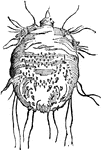
Scabies
A disease caused by a minute insect, the acarus scabiei, which bores into and underneath the epidermic…

Venus Fly Trap
A plant with a rosette of root leaves, from which rises a naked scape bearing a corymb of rather large…

Black Scale
A drawing of the newly hatched larva, viewed from beneath, with enlargements of anal extremity viewed…
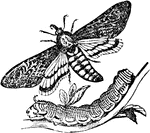
Death's Head Moth
"A species of Hawk-moth or lepidopterous insect of the family Sphingidae, not uncommon in some parts…

Magnified Louse
"A genus of insects, the type of a very numerous family, which forms the order Parasita or Auoplura.…

Morphidae
"The family Morphidae contains the largest and most splendid of the South American butterflies. Their…
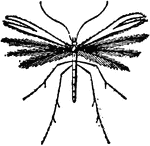
Plume Moth
"The insects of the group Pterophorina, are remarkable from the peculiar conformation of their wings.…
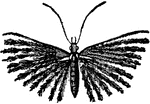
Plume Moth
"The insects of the group Pterophorina, are remarkable from the peculiar conformation of their wings.…

Dung Beetle
"A black insect, with brilliant metallic blue or purple reflections on the under side, and well known…
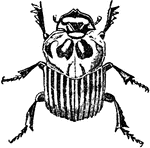
Dung Beetle
"A black insect, with brilliant metallic blue or purple reflections on the under side, and well known…
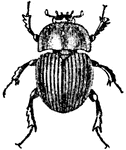
Dung Beetle
"A black insect, with brilliant metallic blue or purple reflections on the under side, and well known…

Goliath Beetle
The African goliath-beetles and the american elephant-beetles are the largest of all insects.
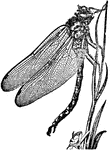
Dragonfly
"The perfect insect (the wings having acquired their full dimensions) resting to dry itself, preparatory…

Male Cockroach
"A genus of Orthopterous insects, having an oval or orbicular flattened body, the head hidden beneath…
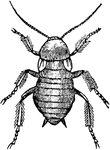
Female Cockroach
"A genus of Orthopterous insects, having an oval or orbicular flattened body, the head hidden beneath…
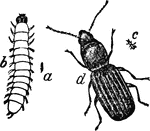
Corn Beetle
"Corn Beetle: a, larva, natural size; b, larva, magnified; c, perfect insect, natural dize; d, perfect…
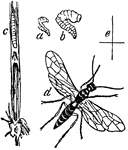
Corn Sawfly
"Corn Sawfly: a, maggot, natural size; b, maggot, magnified; c, the maggot in its ear in the stem of…
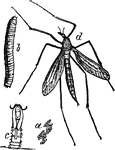
Crane Fly
"Crane-fly (Tipula oleracea): a, eggs; b, larva; c, pupa case as left by the insect, sticking out of…
